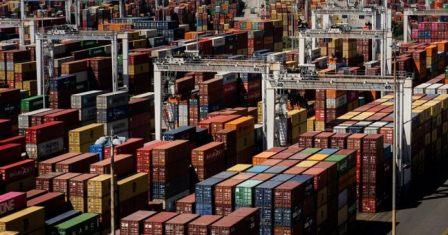“We are seeing significant cost pressure in our supply chain,” Elon Musk, the company’s chief executive, said during an annual shareholder meeting Oct. 7. “So we’ve had to increase vehicle prices, at least temporarily, but we do hope to actually reduce the prices over time and make them more affordable.”
For policymakers at the White House and the Fed, the concern is that today’s climbing prices could prompt consumers to expect rapid inflation to last. If people believe that their lifestyles will cost more, they may demand higher wages — and as employers lift pay, they may charge more to cover the cost.
What happens next could hinge on when — and how — supply chain disruptions are resolved. If demand slumps as households spend away government stimulus checks and other savings they stockpiled during the pandemic downturn, that could leave purveyors of couches and lawn furniture with fewer production backlogs and less pricing power down the road.
If buying stays strong, and shipping remains problematic, inflation could become more entrenched.
Some of the factors leading to supply chain disruptions are temporary, including shutdowns in Asian factories and severe weather that has led to energy shortages. Consumer habits, including spending on travel and entertainment, are expected to slowly return to normal as the pandemic subsides.
But most companies have enormous backlogs of orders to work through. And company inventories, which provide a kind of insulation from future shocks to the supply chain, are extremely low.
To get their own orders fulfilled, companies have placed bigger orders and offered to pay higher prices. The prospect of inflation has further encouraged companies to lock in large purchases of products or machinery in advance.
“The customers that are willing to pay the most are most likely to get those orders filled,” said Eric Oak, an analyst at Panjiva. “It’s a vicious cycle.”
(Source and courtesy: https://newswirenews.com/)













